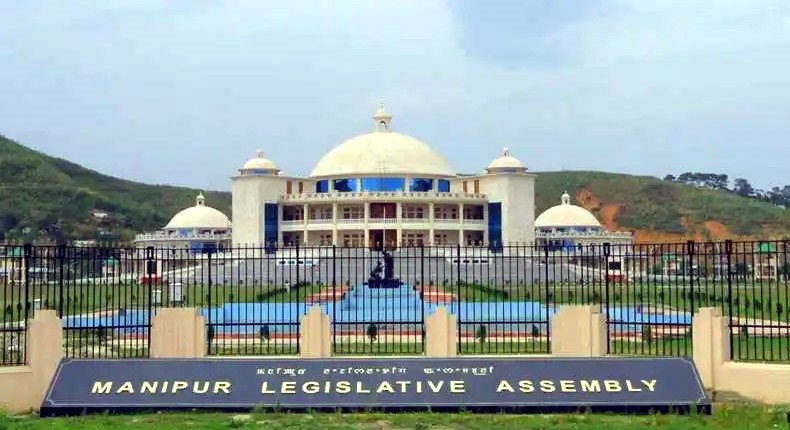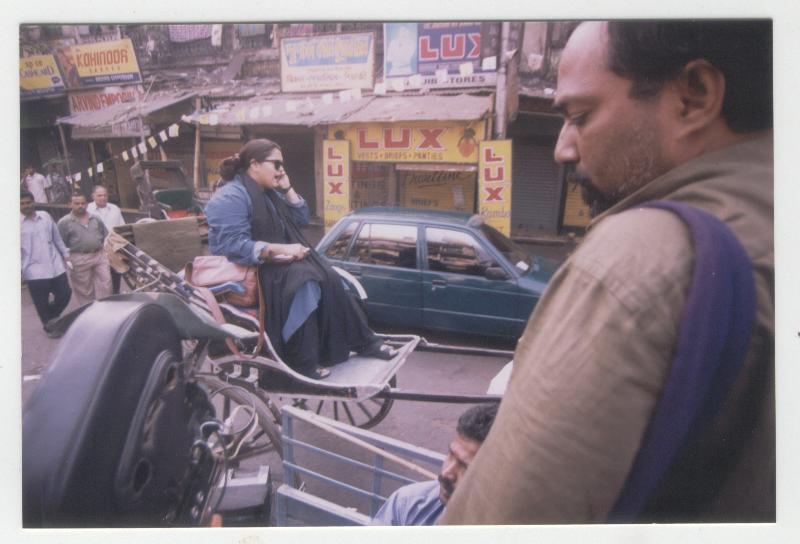Historically, Manipur has lacked a pan-Manipuri collective consciousness among its communities, primarily, due to the ethno-territorial divisions reinforced by colonial policies and postcolonial state structures. It is a well-known fact that Manipur’s long-standing instability primarily stems from the deeply embedded ethnic mistrust and unresolved tensions intensified by decades of identity-based mobilization over competing territorial claims—grounded in both real and perceived grievances. Given the complex inter- and intra-community dynamics, various scholars have noted that ethno-territorial claims are not only infeasible and irreconcilable but also a trigger for political tensions and armed insurgencies in Manipur, deepening communal mistrust and harming all communities subsequently. The ongoing Kuki-Meitei violence is, in a way, not an aberration but a stark manifestation of these simmering tensions, entrenched hatred and mutual suspicion.
Regional or sub-national consciousness does not necessarily equate to secessionism; rather, it can strengthen federalism, democracy and contribute to the stability of the state. Scholar Prerna Singh, for instance, highlights how strong subnational identities improve social welfare by fostering mutual responsibility and civic commitment. Also, political theorist like Liah Greenfeld describes identity as a “social map of reality” that provides individuals with direction and purpose. It shapes expectations of individuals toward one another, creating order in a chaotic human world. Among various identities, the one with the widest scope encompasses the others and organizes them within a broader, comprehensive framework—forming the most fundamental and self-stabilizing identity. Historically, this role was played by religion, but today, it is fulfilled by shared identities like national ones. Cultivating a shared identity is, therefore, not just desirable but crucial for long-term stability and progress in strife-torn Manipur.
Understanding the importance of such collective consciousness, academics and activists in Manipur have been advocating the Idea of Manipur—a vision of harmonious coexistence built on mutual trust, emotional integration, and a shared Manipuri identity. The prevailing discourse on realising this idea of unified Manipur holds that addressing the challenges that deepen Manipur’s ethnic divide—primarily linked to redistributive (economic) justice, political-administrative arrangements, and recognition of the multi-ethnic diversity(socio-cultural)—is essential. Unequal development between the hills and the valley indeed reinforces perceptions of neglect among tribal communities, while the Meitei grievance over their political and territorial confinement to the valley—just 10% of Manipur’s land but home to over 60% of its population—intensifies their sense of systemic injustice. Political grievances, including the lack of genuine empowerment of Autonomous District Councils (ADCs), denial of Sixth Schedule protections to the hill areas, and a stalled delimitation process hindering fair tribal representation, further eroded trust. Moreover, the concept of unified Manipur, largely driven by the Meiteis, is often perceived as exclusionary, failing to reflect the aspirations of tribal communities. Attempts at inclusion remain superficial, while national representations of Manipur tend to project a Meitei-centric vision, sidelining its multi-ethnic diversity.
Yet, the core problem here lies in the deep-seated communal mistrust that has made addressing these challenges nearly impossible. Ethnic mobilization is so entrenched that every political issue is seen through communal lens, leaving little room for collective action. For instance, Meitei’s skepticism toward Naga and Kuki’s demands for the Sixth Schedule reflects a fear of further institutionalizing the hill-valley segregation—a division exacerbated by colonial and post-colonial governance structures—which many worry could legitimize future separatist claims. Similarly, in 2015, the Manipur Assembly’s passage of three bills related to the Inner Line Permit (ILP) system triggered violent protests in Churachandpur, leaving 11 protesters dead. While these bills stemmed from Meitei anxieties over demographic changes and land protection, hill communities saw them as an attempt to impose Meitei dominance. Ethnic mistrust continues to overshadow any attempt at genuine conflict resolution, perpetuating a vicious cycle of suspicion and unrest. Attempts by the government or communities to address the challenges remain trapped in the enduring ethnic deadlock—preventing long-term stability.
Nonetheless, among the present challenges, the issue of recognition—key to fostering an inclusive Manipuri identity—is the least likely to be entangled in ethnic tensions. Acknowledging the dignity, rights, equality and contributions of all communities does not necessarily require altering power structures, resource distribution, or territorial claims—the primary sources of ethnic contention. Unlike political representation or distributive justice, which often entails competition, recognition emphasizes mutual understanding, historical acknowledgement, and cultural validation.
In this context, as a logical corollary, moving beyond ethno-territorial assertions and prioritising the nurturing of a collective Manipuri identity consciousness—through a broad-based socio-cultural movement—appears to be the most sensible path forward for Manipur. When framed inclusively through democratic and collaborative efforts of all communities, such an approach holds the potential to foster dialogue and reconciliation without deepening ethnic divisions. Contemporary discourses on the Idea of Manipur often frame it as an aspiration to be realised by confronting the challenges that perpetuate ethnic fragmentation. However, the Idea of Manipur must function not only as an end but also as a means. Conceived as a consciousness of shared identity—nurtured through a sustained socio-cultural movement of negotiation and identity rearticulation—it should serve as the pathway toward a stable and orderly polity in a land historically marked by conflict. The Idea of Manipur envisioned as harmonious coexistence, is not just a distant goal to strive for. As a consciousness of shared identity, it must also serve as the foundational framework for a stable Manipur where political-economic challenges—crucial for delivering justice to all communities—could be collectively addressed within a unified Manipur.
How to practically promote such a collective identity consciousness is a separate discussion. However, at one level, the Meitei majority need to recognize that fostering a shared Manipuri identity requires more than preserving territorial integrity—it demands genuine recognition and respect of equality and dignity for distinct ethnic identities. The marginalization and alienation felt by tribal and non-tribal Meitei Pangal (Manipuri Muslim) communities stem not only from unequal resource distribution or inadequate political representation but also from deeper issues of recognition and respect. Meanwhile, tribal communities need to realize that the solution to their political-economic grievances does not lie in divisive ethno-territorial assertions. Instead, tribal and non-tribal minority communities should actively claim their rightful stake in shaping the inclusive Manipuri identity while addressing their concerns within a unified Manipur. However, for this broader identity to be viable, it must be genuinely inclusive, flexible, and democratic—rather than rigid or imposed.
Work cited:
Singh, Prerna. (2015) How Solidarity Works for Welfare: Subnationalism and Social Development in India. Cambridge University Press.
Greenfeld, Liah. (2006). Nationalism and the mind: Essays on modern culture. Oneworld Publications.

The writer is a Ph.D candidate at the Centre for Political Studies, Jawaharlal Nehru University, New Delhi












1 thought on “Forging the Idea of Manipur: The Need for a Socio-Cultural Movement”
Good Piece of work
Comments are closed.